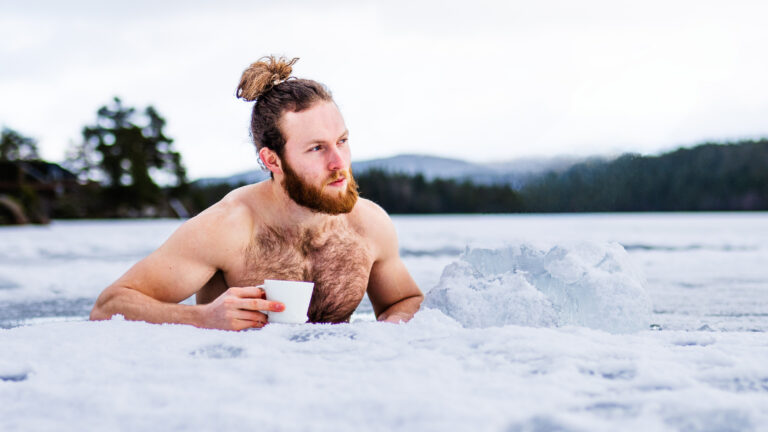Cold Plunge Benefits: What are the pros and cons of a cold plunge?
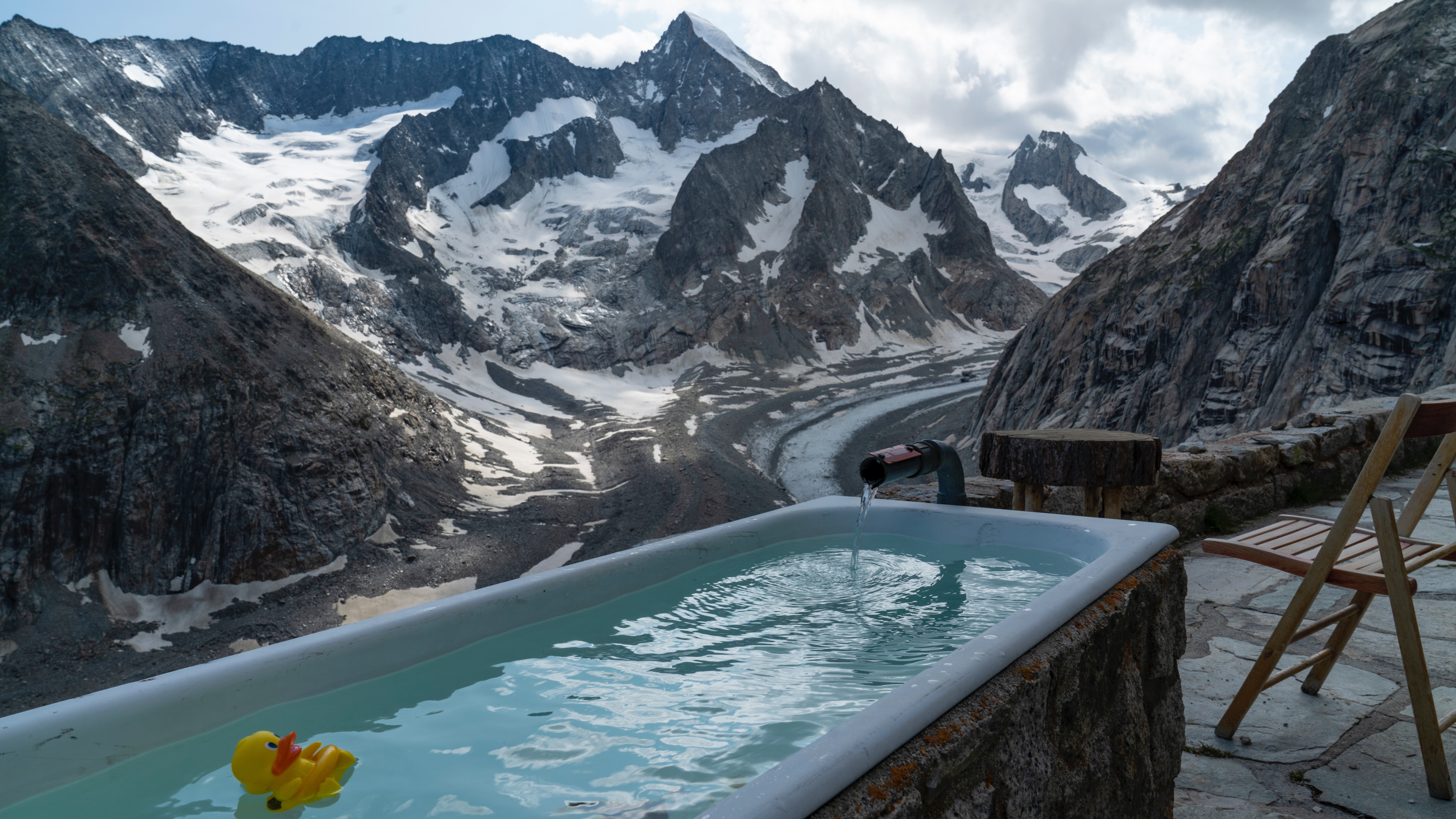
Benefits of Cold Plunge Therapy
Cold plunge therapy, also known as therapeutic cold immersion and cold water immersion, works by exposing your body to extremely cold temperatures for a brief length of time that stimulates physical and mental health benefits. This practice, dating back to ancient civilizations, has evolved over centuries and is now being increasingly recognized for its health-enhancing benefits.
Scandinavian culture has a long tradition of using cold water and ice swimming as part of their daily ritual. Celebrities, professional athletes, wellness influencers, business executives and more are among those that swear by the wealth of cold plunge benefits, calling it an excellent tool to help them with various physical and mental ailments.
In this article, we’ll take you through the potential health benefits that can be realized, such as boosting immunity, reducing inflammation, increasing metabolism, to potential risks and downsides you’ll want to be mindful of. Read on to dive in!
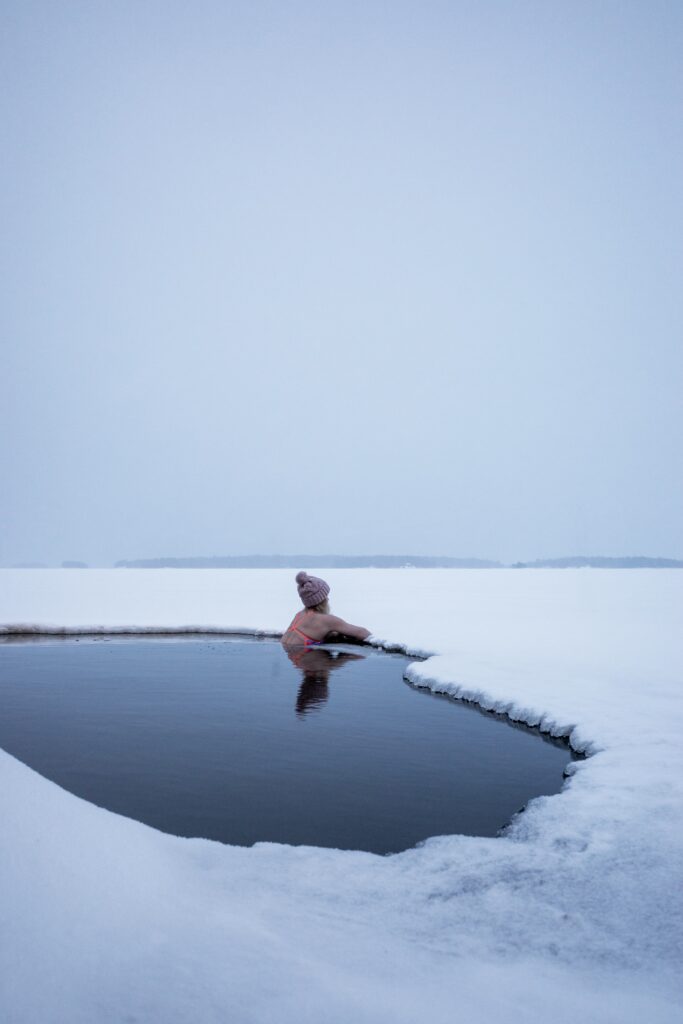
Benefits of Cold Plunges
Cold plunge therapy, or therapeutic cold immersion, has been a cornerstone component of holistic wellness routines for years. With roots in ancient cultures and backed by modern research, this icy ritual is known to offer excellent health benefits. But fear not! The water you immerse yourself in does not need to be “icy!” Cold water will do just fine.
Physical Health Benefits
The chill of a cold plunge effectively stimulates our bodies in various ways. Such as…
Improved Blood Circulation
One of the key circulation improvement cold plunge triggers is the body’s natural reaction to cold temperatures. It works by contracting the blood vessels to preserve body heat, then expanding them as you warm up. This process of vasodilation and vasoconstriction helps improve blood circulation, oxygenate your cells, eliminate toxins, and improve your skin’s appearance.
Boosted Immune System
Studies show that regular cold water therapy can stimulate your immune system by increasing the flow of lymphatic fluids. This helps the body fight off diseases – a strong testament to boosting immunity cold plunges.
Accelerated Muscle Recovery
Athletes swear by cold plunge advantages, especially as it relates to muscle recovery. The increased blood flow reduces inflammation and swelling, accelerating your body’s natural healing process, and potentially reduces post-workout soreness. This allows you to get back in the game or gym faster!
Mental Health Benefits
Cold plunge benefits even extends beyond the physical and offers significant advantages to your mental health.
Reduced Stress Levels
Following the initial shock of the cold water, your body releases endorphins, which are neurotransmitters known to reduce pain and induce feelings of pleasure or euphoria. This can help reduce your stress levels and promote a more positive mental state.
Elevated Mood
The endorphins released during therapeutic cold immersion also plays a part in mood elevation, by interacting with your brain receptors to reduce anxiety, creating a sense of tranquility and happiness.
Improved Sleep Quality
Taking the plunge could also lead to better sleep. Who wouldn’t want this??
The calming effects on your mind can result in an improved bedtime routine, helping you fall asleep faster and ultimately, leading you to a more restful night’s sleep.
Beauty and Skincare Benefits
Going beyond the health implications, cold plunge therapy also offers surprising beauty and skincare benefits, such as…
Enhanced Skin Appearance
The intense cold triggers a rush of blood, resulting in glowing skin. The increased blood flow helps keep your skin hydrated and gives it a naturally flushed, rosy look. Your skin will feel tighter and more toned after the cold plunge, enhancing its appearance.
Redacted Cellulite
Believe it or not, cold plunges could potentially help with cellulite as well. The intense cold can help break down fatty deposits under your skin, reducing the appearance of cellulite and resulting in smoother skin. However,
While the evidence for cold plunge therapy is compelling, as with any wellness routine, it’s essential to approach the practice thoughtfully and listen to your body. The beauty of this therapy lies in its simplicity – just a tub of cold water or a cold shower is required. With time, it not only becomes a meditative practice but also serves as a testament to your mental strength, resilience, and grit.
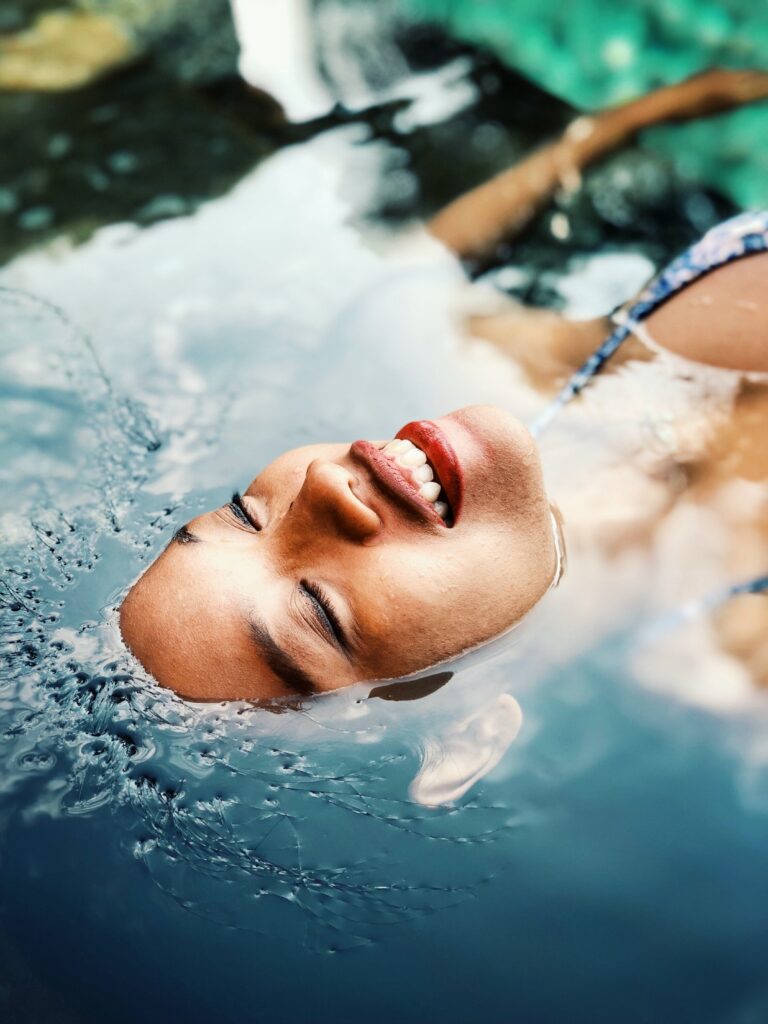
Drawbacks of Cold Plunges
While the cold plunge benefits seem pretty impressive, it is essential to understand that it also comes with some potential risks and downsides. Cold water therapy is not for everyone, despite the considerable health benefits it might offer.
Health Risks
Starting cold plunge therapy, or any abrupt change in your physical routine, can present certain health risks, especially to those with specific medical conditions.
Risks for Those with Heart Conditions
Those with cardiovascular issues must approach cold plunge therapy with extreme caution. The sudden exposure to cold water can cause a spike in your heart rate and blood pressure, which could be risky for those with heart conditions.
Risk of Hypothermia
One of the more serious risks associated with therapeutic cold immersion is the potential for hypothermia. Prolonged exposure to cold water can lower your body temperature to dangerous levels, leading to symptoms like intense shivering, confusion, or even unconsciousness.
Body Shock
The initial shock of diving into cold water, especially for beginners, can sometimes be too intense, leading to hyperventilation or other forms of physical distress.
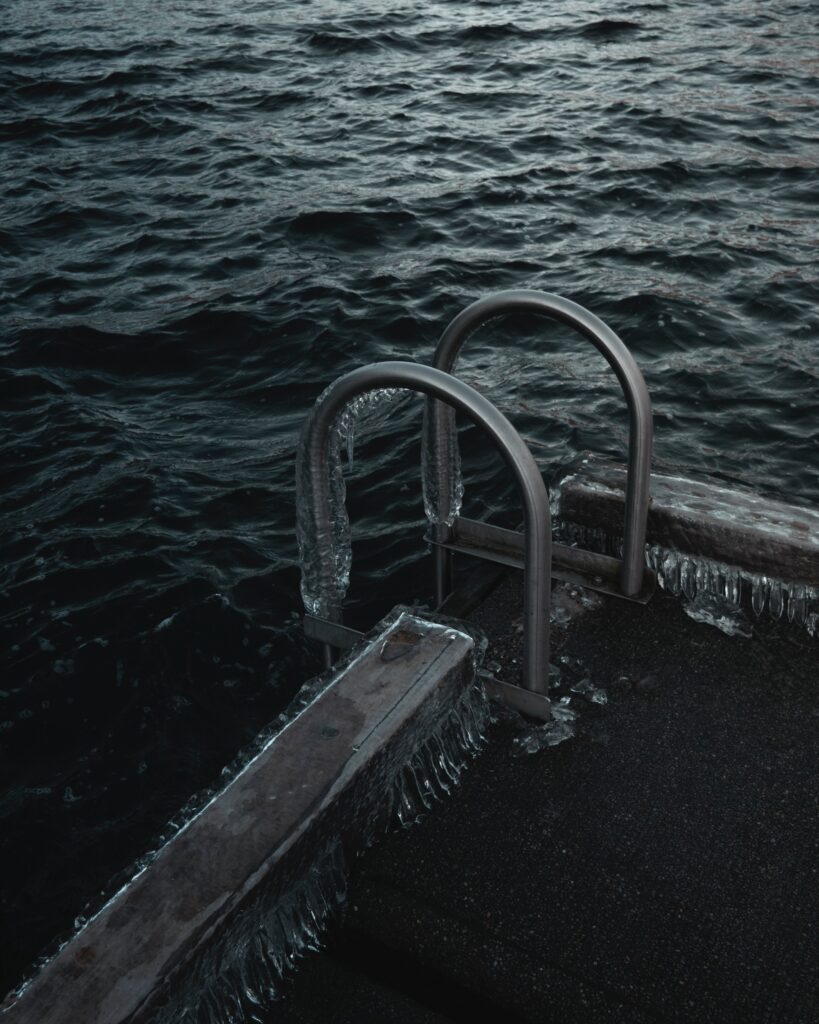
Discomforts and Inconvenience
Aside from the health risks, your body’s natural response to the cold can lead to some discomfort, and the process itself may not be as convenient or luxurious as it sounds.
Cold Shock Discomfort
Let’s be real. The feeling you get while plunging into freezing water is hardly pleasant. The instant cold shock can take a while to get used to and may trigger discomfort or even slight pain.
Difficulty Acclimating
Cold plunge therapy requires a certain level of mental strength and commitment. It’s not something most people are used to, and the sensation of cold water can be a challenging hurdle to overcome.
Preparation Inconvenience
Another potential downside is the logistical preparation needed. While you can take a quick cold shower as an alternative, the full benefits of cold plunges are usually experienced by immersing your entire body into cold water. This requires either access to cold bodies of water, a tub at home, or a cold plunge at your local gym or spa. For me, I’m lucky to have a cold plunge at my gym a few blocks away from home, making early morning cold plunge sessions just a teeny tiny bit easier and more convenient.
Misconceptions
It’s also important to separate the proven therapeutic benefits from the overhyped claims and misconceptions surrounding cold plunge therapy. Some of them include…
The Idea that It’s a Magic Cure to All Problems
While cold plunge therapy offers numerous benefits, ranging from muscle recovery to stress relief, it’s not a silver bullet for overall health and wellbeing. It should be part of a balanced lifestyle that includes proper nutrition, regular physical activity, and sufficient rest.
Optimal Temperature and Duration
Misinformation and vague guidelines on the optimal temperature and duration for a cold plunge may lead to ineffective or even potentially harmful experiences. It’s essential to tailor your cold plunge routine to suit your body’s responses and to start slow if you’re new to the practice.
Cold plunge therapy, despite its extensive benefits, is not for everyone. It’s crucial to approach it wisely, understand potential risks, and embrace it as one of many tools in your wellness toolbox.
Precautions for Cold Plunges
Engaging in cold plunge therapy is not as simple as jumping into a cold tub. Precautions should be considered before you take the plunge so that you stay safe. Let’s break down some factors you should consider.
Medical Factors
Your state of health can significantly influence your experience and whether you should engage in cold plunge therapy in the first place.
Individual Health Status
Those who have cardiovascular issues, are pregnant, or suffer from conditions like Raynaud’s disease, which affects blood circulation, should avoid cold water therapy completely. It’s essential to understand that while cold plunges are beneficial to many, they can pose risks to those with certain health conditions.
Consult with Your Doctor
If you’re considering incorporating cold plunge therapy into your wellness routine, it is strongly recommended to consult with your doctor beforehand to make sure that you’re safe and avoid unnecessary risks.
Personal Limits
Knowing your limits is crucial when exploring any new form of therapy, and a cold plunge is no different. Listen to your body and stop if you feel dizzy, unusually cold, or uncomfortable in any other way.
Personal Preferences
While the health benefits of cold plunge are enticing, your personal preferences greatly influence your overall experience.
Individual Cold Tolerance
Your personal tolerance to cold plays a significant role in how beneficial and enjoyable you will find this experience. If you’re new to cold therapy, it might be best to start with shorter durations and gradually increase the time as your body adjusts to the cold.
Personal Preferences for Relaxation and Recovery
Remember, there are numerous ways to relax, recover, and maintain good health. If cold plunge therapy does not suit you, there are other methods like massage, warm baths, or even yoga that could yield similar benefits.
Experiment with Different Temperatures and Duration
It’s also worth experimenting with different temperatures and duration of cold water therapy to find what works best for you, but do so safely. We all respond a bit differently, and it’s all about finding a balance that maximizes benefits and minimizes discomfort.

Considerations and Maintenance of Plunge Pools
Practical considerations like infrastructure and maintenance also come into play for guaranteeing safe and effective cold plunge therapy.
Availability or Access to Plunge Pool
Naturally, you’ll need access to a plunge pool, natural lake, or a body of water that’s cold enough for a plunge. Plunge pools are convenient but costly. However, some cities have wellness centers or gyms offering cold plunge pools as a part of their services. Find one that’s close to you, or a group that you can plunge with. It’s powerful to have some accountability buddies.
Maintenance of Water Temperature to Desired Coolness
If you have a plunge pool at home, maintaining the water temperature to the desired coolness is critical. A pool that’s too cold can result in hypothermia, while one that’s not cold enough might not offer the desired benefits.
While cold plunge therapy has some undeniable benefits, it should be conducted wisely and responsibly. It’s a powerful tool when used correctly, but it also requires careful consideration, preparation and potentially, medical guidance.
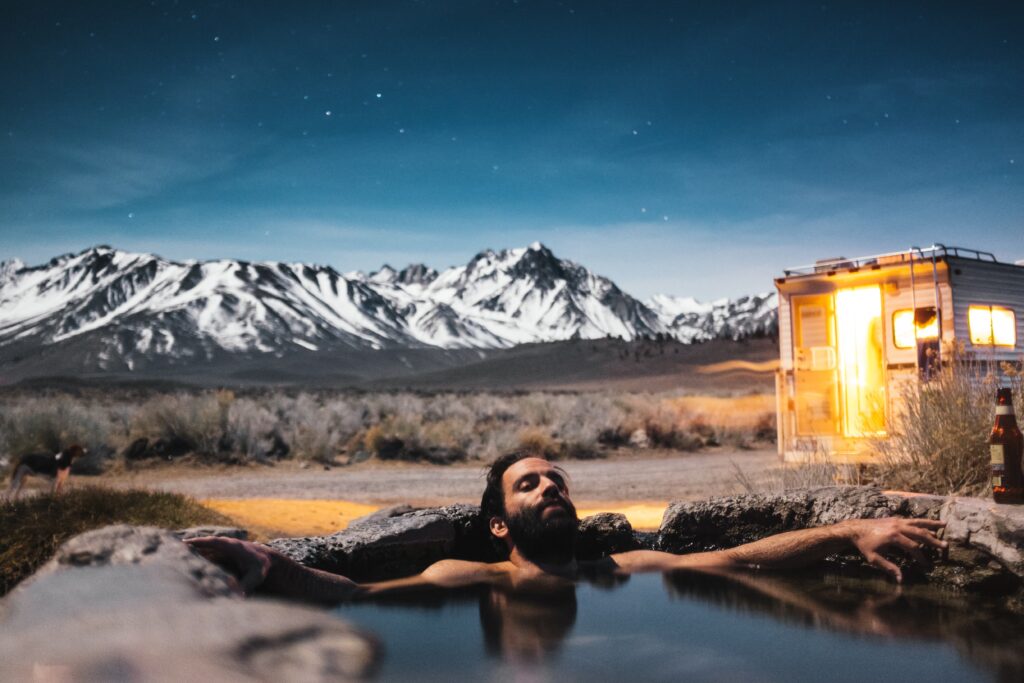
Summary
Exploring the world of cold plunge therapy makes it clear that this health routine straddles a fine line between providing benefits and potential risks. On one hand, we can’t deny the therapeutic benefits like improved blood circulation, boosted immunity, reduced inflammation, and stress relief. And who wouldn’t love enhanced skin appearance and even cellulite reduction?
On the other hand, it’s important to acknowledge the potential downsides, which include risk of hypothermia, cardiovascular strain, discomfort due to cold shock, and inconveniences like access to a proper plunge.
The question of whether cold plunge therapy is effective or counterproductive distills down to our individual circumstances, preferences, and tolerances. The most important factor should always be our individual health and tolerance to the cold. No wellness routine, regardless of its potential upside, is worth compromising our overall health. This is why it’s critical to consult with your doctor prior to dipping your toe into this wellness routine.
To wrap up, cold therapy isn’t for everyone. Some may find immense delight and benefit from these cold plunges, while others may find it incredibly taxing. And that’s OK! A cold plunge isn’t the only path to improved health and wellness, and it’s certainly not a stand-alone solution. Remember improved wellness is facilitated through a multifaceted approach, including physical exercise, proper nutrition and adequate rest.
Thanks for reading. Cheers to your health and happiness 🙂

